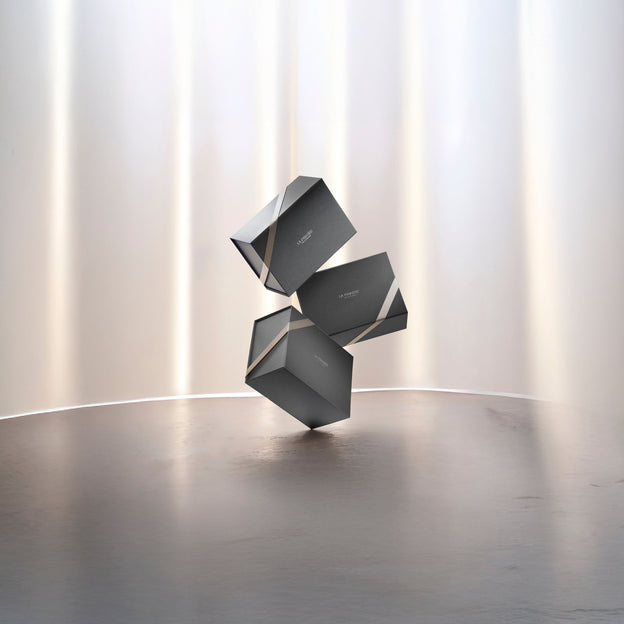THE GIFT OF BEAUTY WONDERS
YOUR HOLIDAY INDULGENCE AWAITS
A timeless exclusive La Prairie pouch designed to accompany you through the holiday season and beyond, with any purchase of £250+.
Additionally, treat yourself to a Skin Caviar Liquid Lift miniature (5ml) with purchases of £500+ and a Skin Caviar Luxe Cream miniature (5ml) with purchases of £1000+.
ONLINE EXCLUSIVE
PLATINUM RARE FESTIVE NIGHT INDULGENCE DUO
A celebration of rejuvenation after dark. Skin awakens visibly revitalised, luminous, and youthful.
Platinum Rare Night Elixir
Platinum Rare Haute-Rejuvenation Cream
At a special value online only.
THE ULTIMATE WINTER RITUAL
Embrace the season of holidays with La Prairie’s curated step-by-step product selection.
CELEBRATE THE ART OF GIFTING WITH EXCLUSIVE FESTIVE SETS AND DUOS
Whether as a cherished gift for someone special or a moment of indulgence for yourself, these limited-edition sets and duos offer the perfect way to experience La Prairie’s most iconic creations.
LIMITED TIME OFFER
With any purchase of a Night & Day Bundle or Ritual, indulge in a complimentary La Prairie Silk Sleep Mask. For orders over £450+,
delight in an additional Skin Caviar Hydro Emulsion miniature, and for orders over £900+, elevate your ritual with a Skin Caviar Liquid Lift miniature.
A NEW ERA OF REJUVENATION
La Prairie’s intensive treatments designed to deliver an additional boost of rejuvenation.
Platinum Rare Protocol, a month-long intensive treatment. Firming. Volume-Enhancing. Rejuvenating.
Platinum Rare Mask, a two-step treatment to recreate the gesture of today's most sought-after aesthetic procedures.
THE ULTIMATE WINTER RITUAL
Embrace the season of holidays with La Prairie’s curated step-by-step product selection.
OUR HERITAGE
Immerse in the essence of La Prairie
A Swiss luxury house crafting the ultimate skincare to empower discerning individuals to live to their full potential.




















































